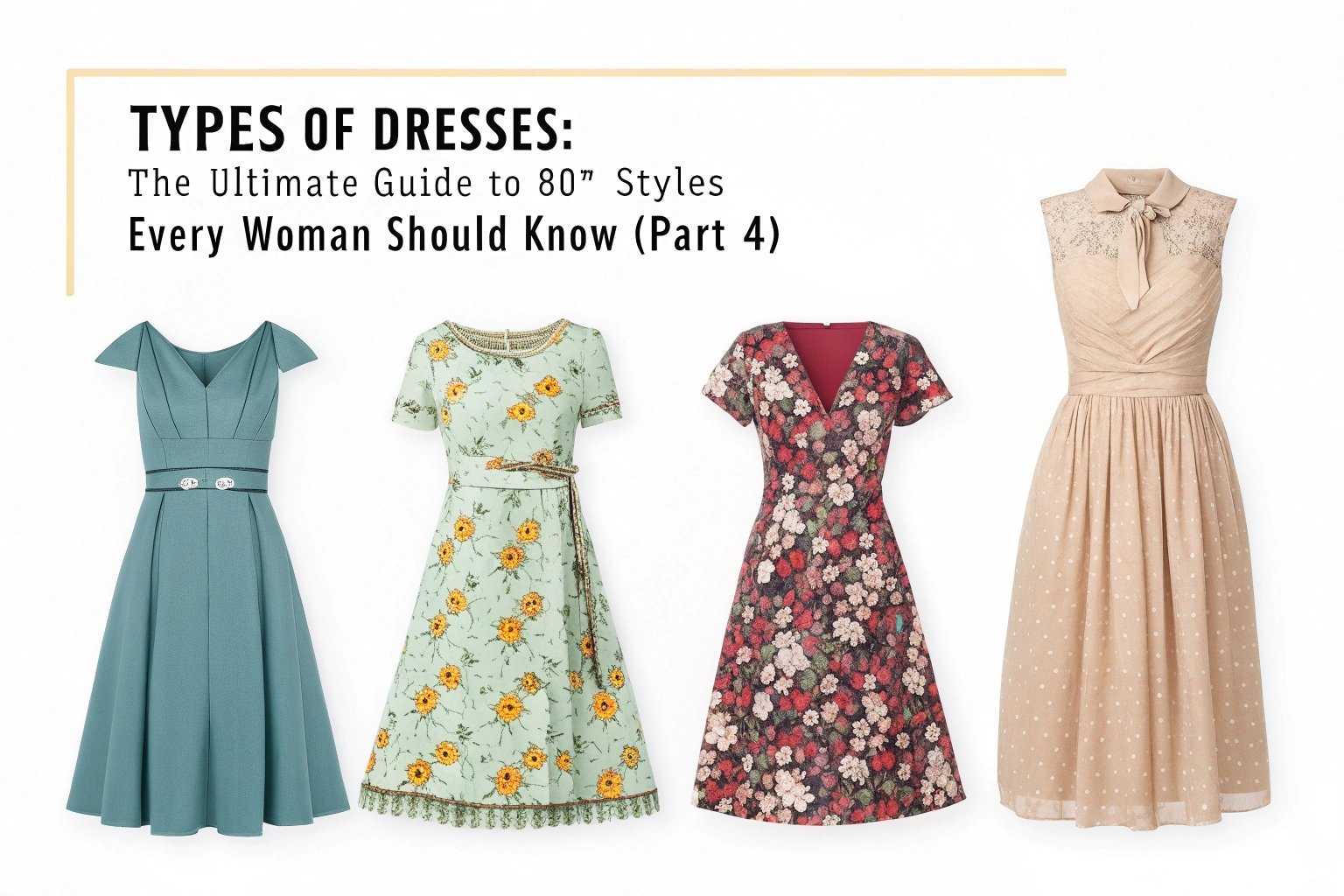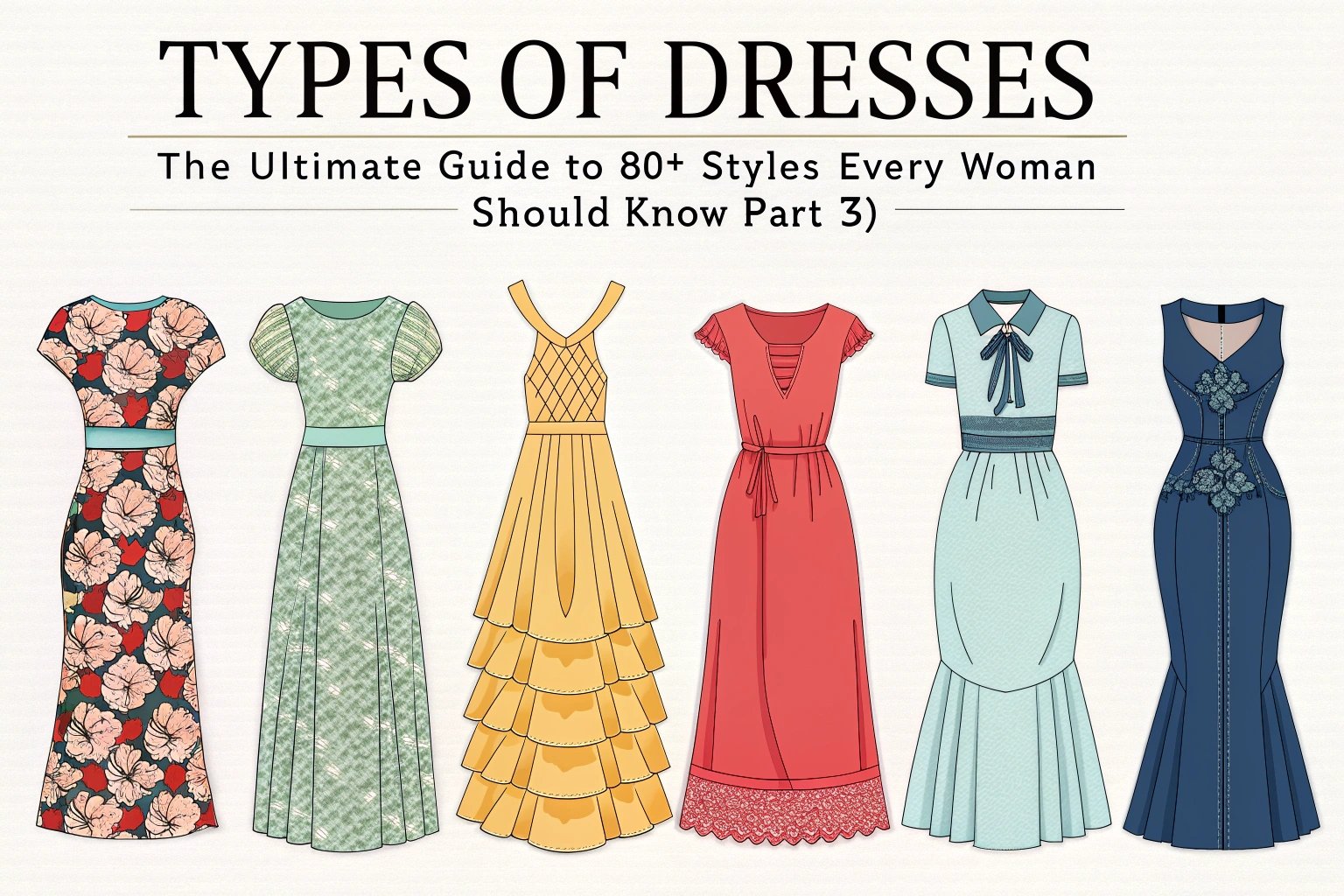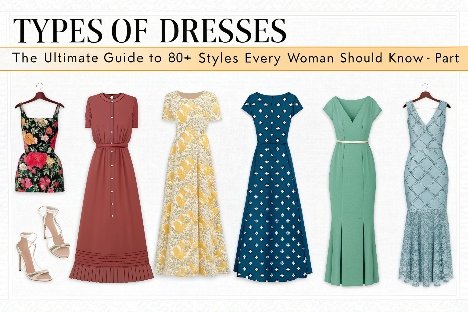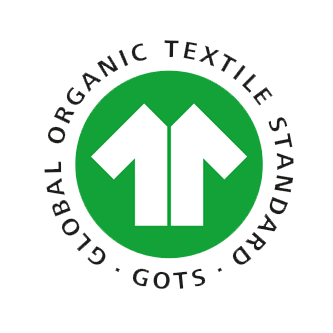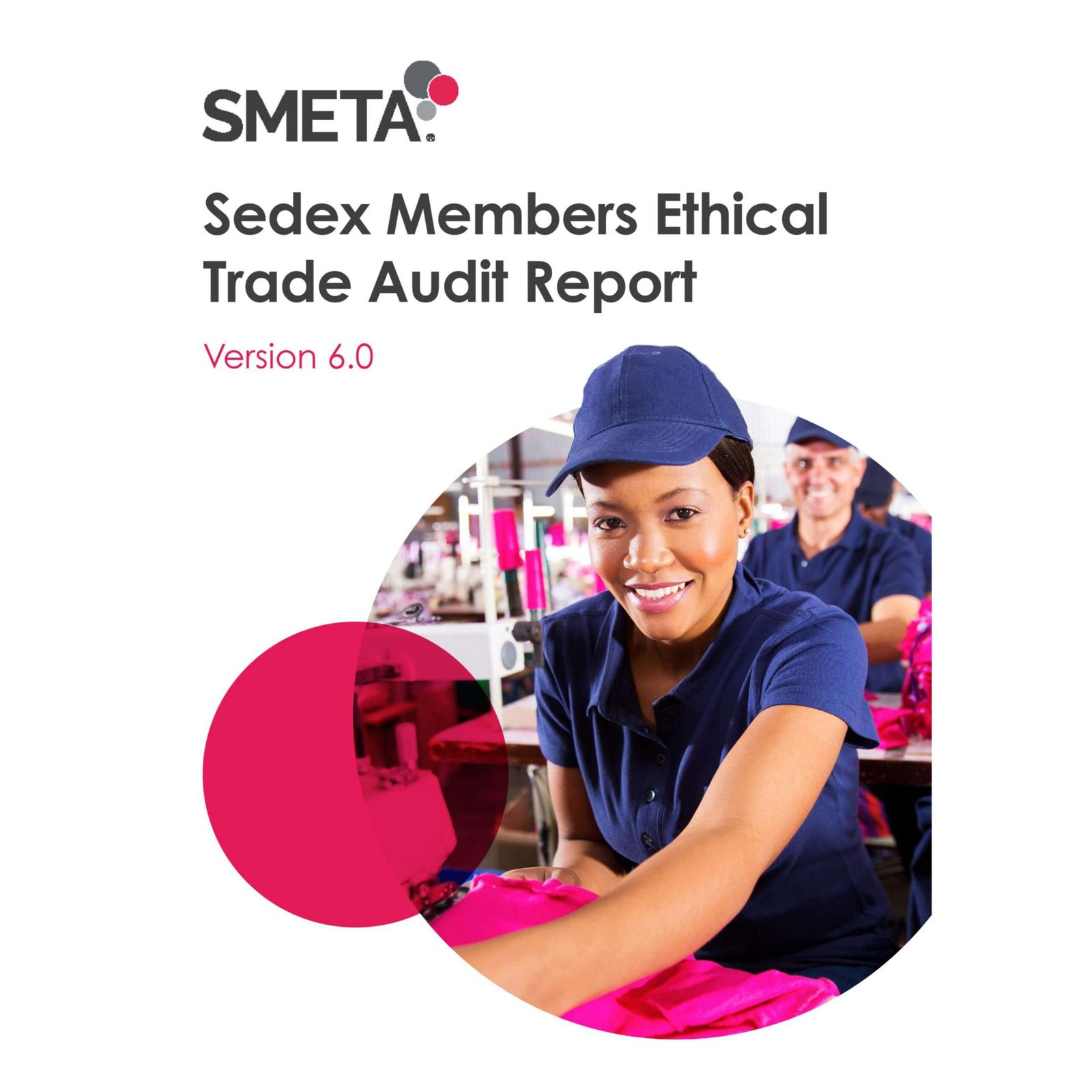Many fashion buyers often confuse the terms “apparel” and “garments,” which can lead to misunderstandings in production and sourcing. As a women’s fashion manufacturer, we deal with these terms daily.
“Apparel” is a broader industry term for all types of clothing, while “garments” refer to specific items being produced or shipped.
Early in our international expansion, I noticed clients using these words interchangeably. Clarifying their use helped us improve communication, especially with buyers like Emily from Australia.
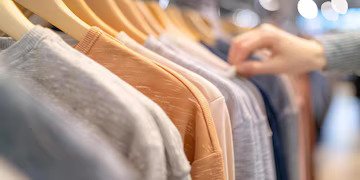
Why does the distinction between apparel and garments matter in sourcing?
For manufacturers like us, using accurate terms helps streamline communication and operations.
The term “apparel” is helpful in marketing and trend analysis, while “garments” is critical in tech packs, QC, and order fulfillment.
Apparel represents category and vision
- Dresses
- Tops
- Outerwear
- Denim
We use “apparel” in catalogs and at exhibitions, like on our Alibaba storefront or LinkedIn posts.
Garments are what we manufacture
- A cropped top is a garment
- A high-waisted jean is a garment
In our six-line production facility, we use “garment” to describe the actual item being made, packed, and shipped.
Usage examples
| Context | Term Used |
|---|---|
| Product line sheets | Apparel |
| Tech packs and samples | Garments |
| QC reports | Garments |
| LinkedIn Ads | Apparel |

How do international buyers interpret these terms?
As a factory exporting to North America, Australia, and Europe, we adapt our language based on buyer preference.
Our experience shows that “apparel” is used for branding, while “garments” appear in production specs.
Australian boutique buyers like Emily
Emily told us, “I source garments, but I market them as apparel.” This shaped how we format product decks.
UK and European clients
They prefer technical accuracy. In sample reviews, they ask for “garment specs” or “garment dye options.”
U.S. brand buyers
More marketing-driven. They use terms like “streetwear apparel” or “athleisure apparel collection.”
Does terminology affect supplier-buyer communication?
Absolutely. Misunderstanding these terms can lead to incorrect sampling, production delays, or invoicing errors.
Clear terminology fosters smoother collaboration, especially in fast-fashion cycles.
How we bridge the gap
- We confirm order details using “garments”
- We send product trend boards using “apparel”
- We tailor pitch decks based on buyer’s regional language
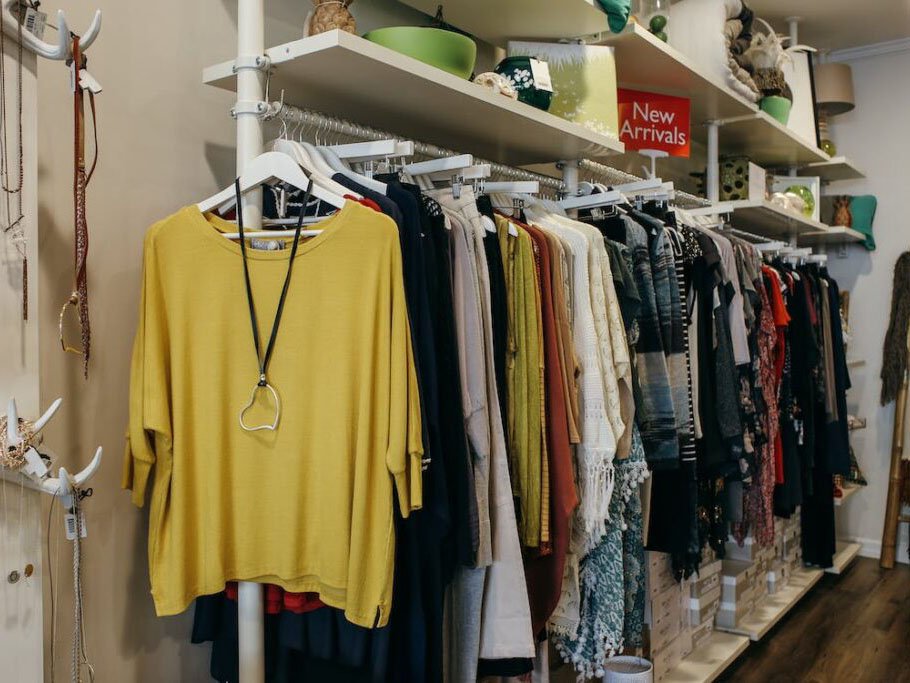
What do these terms mean for fashion branding and storytelling?
From a B2B perspective, choosing the right term supports both professionalism and positioning.
“Apparel” supports brand storytelling; “garments” ground it in production quality.
Branding approach
On our website xzapparel.com, we use “women’s apparel” to connect with trend-savvy buyers. But in our MOQ documents or sample reports, we list garment types.
How should a women’s fashion manufacturer use both terms effectively?
We use both depending on where we are in the sales or production pipeline.
Use “garments” when detailing specifics. Use “apparel” when communicating product lines or seasonal trends.
Our usage strategy
- Trade shows: Apparel
- Production briefs: Garments
- QC reports: Garments
- Social media & LinkedIn: Apparel
- Onboarding new buyers: Both, with examples

Can incorrect terminology impact production outcomes?
Yes, especially when dealing with tech packs or sample reviews.
One word can shift expectations on what’s being made. That’s why we always confirm using “garment lists.”
Real scenario
A buyer once requested “summer apparel samples.” We clarified by asking, “Do you mean individual garment types like tanks, shorts, and dresses?” That saved both sides from sampling the wrong pieces.
Conclusion
We define apparel as the category and garments as the items. This clarity improves our global sourcing conversations and helps clients move fast in fashion.


